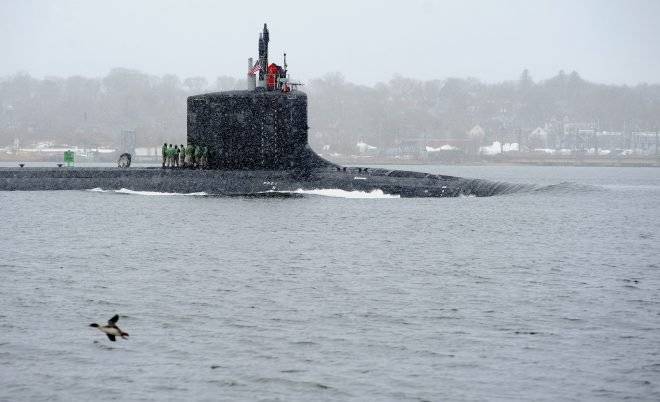
With 80 submarines, the Peoples Liberation Army Navy (PLAN) has the highest proportion of submarines in relation to surface vessels than any other navy.
While the PLAN has about 67 conventionally powered subs, its nuclear attack submarine force remains rather small, at 6 ships. At a time when Australia is investing in nuclear attack submarines, China is focused elsewhere. Why is China not so enthusiastic about nuclear attack submarines, or at least for now?
SSNs have several advantages over conventional subs, which are usually electric diesel-powered. Nuclear attack submarines are faster, can dive deeper and have larger ranges of operations. As such they are much harder to detect and destroy than conventional submarines.
However, such vessels are much more expensive, costing on average 3 times more than conventional submarines, and technologically complex to build and maintain. Still, the proponents for SSNs argue that nuclear submarines are superior to conventional ones and the costs are worth it.
In the past decade, advances in conventional submarine technology have called into question some of the past assumptions concerning the advantages of nuclear attack submarines. Modern conventionally powered submarines are being equipped with diesel-electric engines with more advanced batteries that increase their speed and range.

